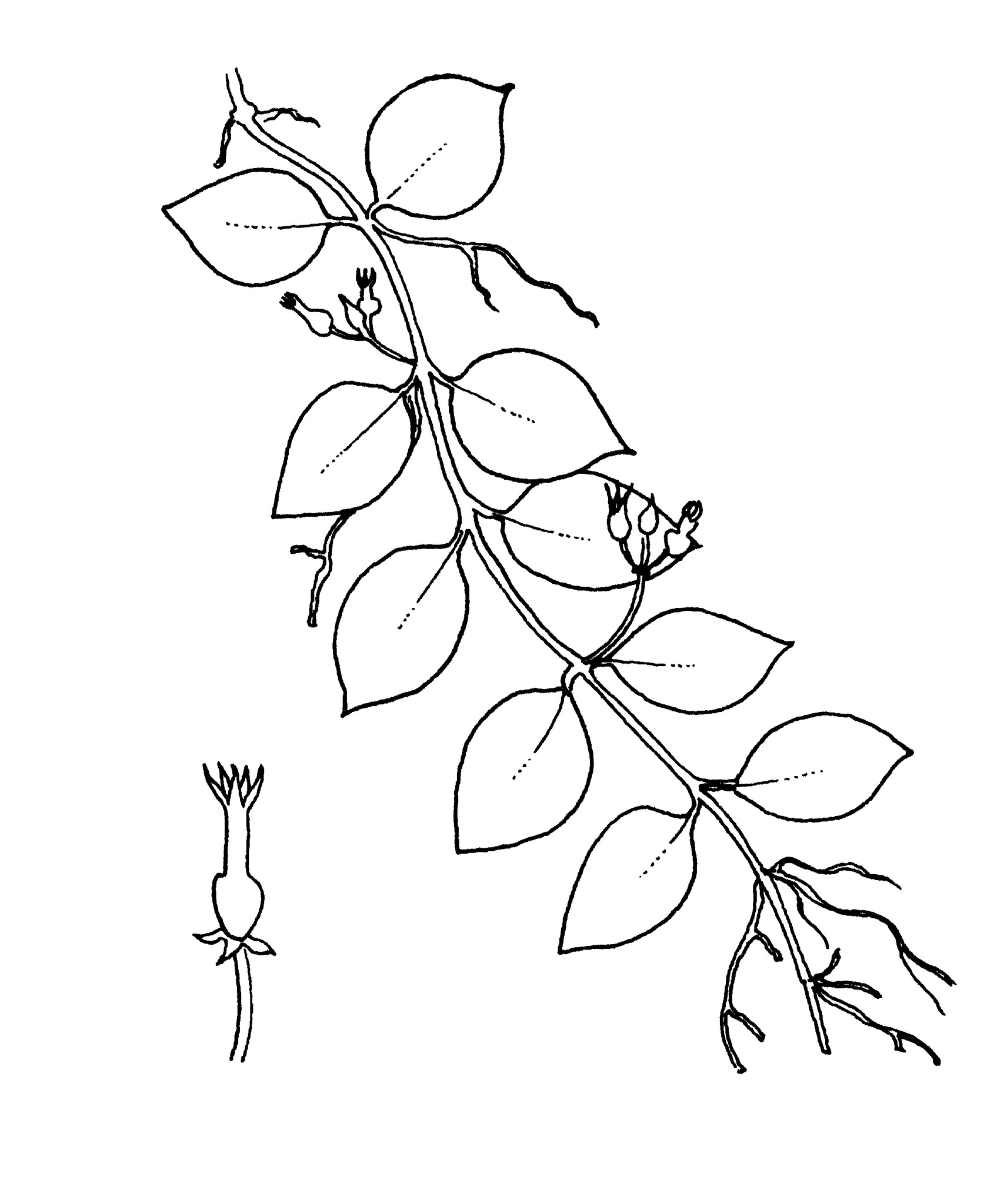
From the Greek dischides — split into two parts, referring to the apices of the staminal corona lobes.
Perennial epiphytic vines with white latex. Leaves succulent to leathery; mucilage glands present. Corolla urn-shaped; tube cylindrical or urn-shaped; lobes free at tips, valvate. Annular corona present or absent; corolline corona generally absent; staminal corona of 5 erect, stalked lobes with 2 incurved or reflexed apices; interstaminal corona absent. Follicles tapered at each end; seeds with hair tufts at one end.
The genus is best known for D. major, Skull and Bones. Most species are succulent epiphytes and are difficult to grow in temperate climates. A large number of species are cultivated by specialist collectors, but only 6 are common in cultivation.
Cuttings or occasionally seeds.
Epiphytic habit, small urn-shaped flowers with staminal coronal lobes that are often divided into 2.
Over 30 species, mainly in Asia and Malesia; 4 indigenous (but not endemic) species in N Australia.
Rintz (1980), Forster & Liddle (1996a).
Source: (2002). Dischidia. In: . Horticultural Flora of South-eastern Australia. Volume 4. Flowering plants. Dicotyledons. Part 3. The identification of garden and cultivated plants. University of New South Wales Press.
